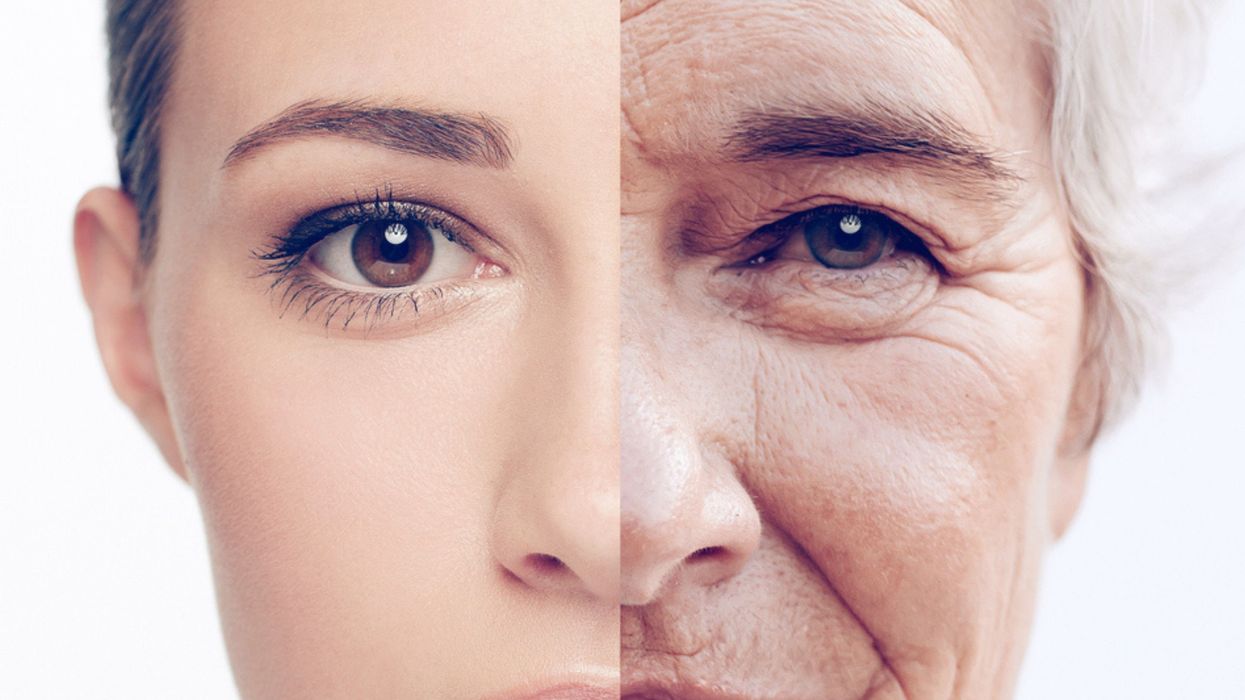A whole industry advertises with the promise of eternal youth and effective remedies against wrinkles, pigment spots, etc. However, a new study reveals that there are exactly two specific ages in a person’s life when aging hits hardest and most uncompromisingly.

Let’s be honest: How did you react when you first noticed wrinkles or gray hairs? While some accept it as a natural part of life, others find it alarming to realize they are aging. But how much can we influence the aging process, or are we entirely at its mercy?
Alongside factors like regular exercise and a healthy diet, genetics play a crucial role. An international research team led by Professor Michael Snyder from Stanford University has found that there are two specific points in life when people experience particularly significant aging effects. Their findings were published in the journal Natural Aging.
The study identifies these two critical ages and explains why aging appears to hit particularly hard at these times. Here’s a brief question for you:
The mystery of aging: Have researchers cracked it?
The team analyzed various molecular profiles from a representative group of 108 participants, aged 25 to 75. They discovered that aging is not a steady and gradual process for anyone. Instead, there are two distinct periods when the physical and external effects of aging become particularly noticeable: around age 44 and again around age 60.
To reach these conclusions, researchers examined blood, stool, skin samples, and swabs from the mouth and nose monthly over seven years. They found that by age 44, the risk of cardiovascular diseases increases significantly, along with changes in the body’s ability to metabolize caffeine, alcohol, and fats. At age 60, significant changes were observed in molecules related to immune system regulation, carbohydrate metabolism, and kidney function. In both life stages, molecules related to skin and muscle aging also showed notable changes.
Both men and women affected equally
When analyzing RNA, protein, and metabolite samples, researchers were surprised to find that the first peak of aging appeared unexpectedly and suddenly in the early 40s. Initially, they suspected that perimenopausal changes in women might skew the results. However, further data analysis revealed similar changes in men in their mid-40s as well.
“This suggests that while menopause or perimenopause may contribute to the changes observed in women in their mid-40s, there are likely other significant factors affecting these changes in both men and women,” said Dr. Xiaotao Shen, a co-author of the study, to the British newspaper The Guardian. The researchers hope that these findings will lead to more targeted recommendations, such as increased physical activity during periods of rapid muscle loss, to mitigate the health and external impacts of aging.





